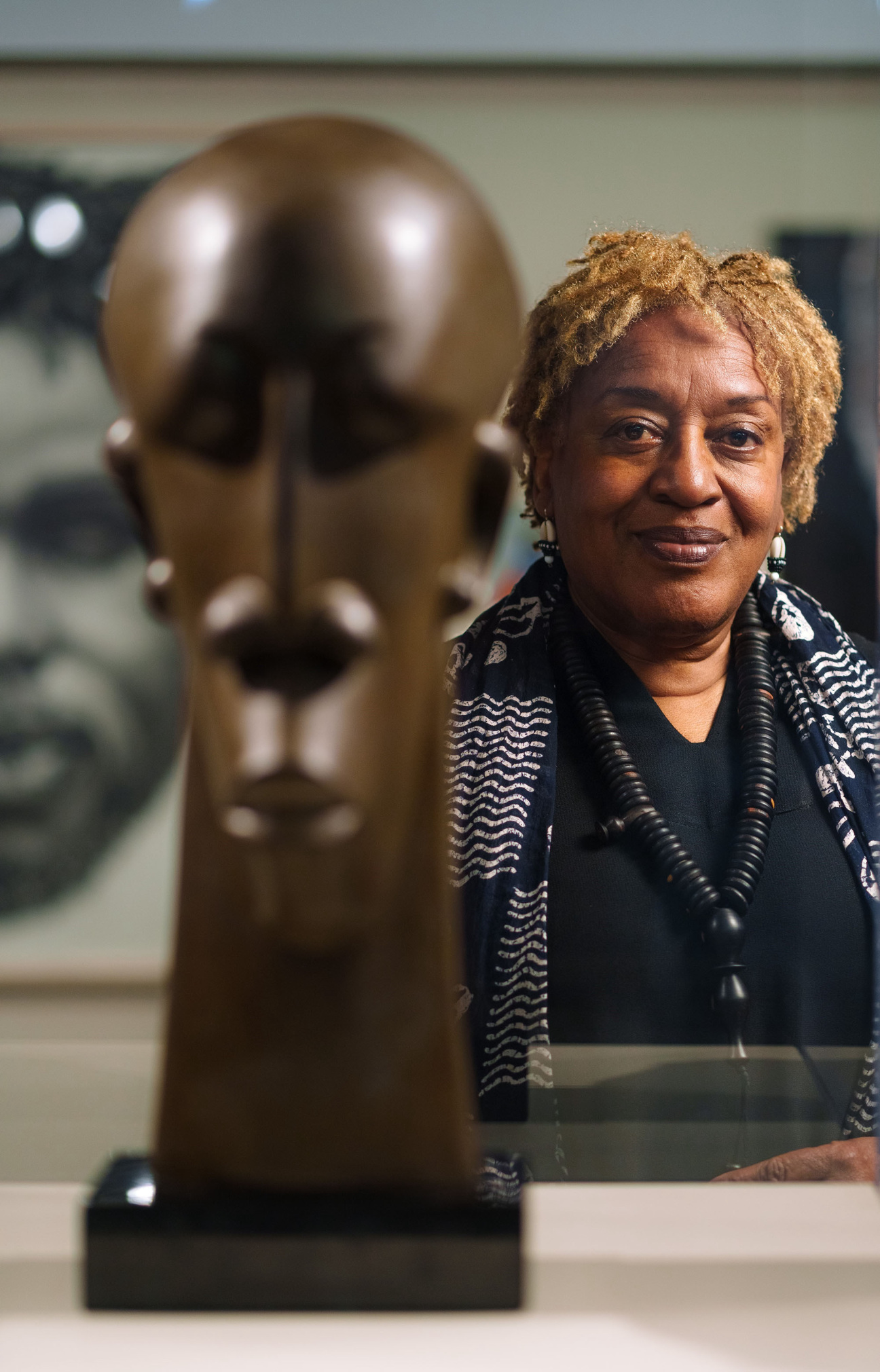
Earlier this year, I connected with longtime arts patron and renowned Hollywood actor, CCH Pounder, known for her more than hundred lead roles in film and TV—including Avatar, The X-Files, The Shield, and NCIS: New Orleans.
As a former Los Angeles resident, who recently made the move to New Orleans, she continues to be a major influence to local artists, galleries, museums, and other collectors. (I recall a previous Collector Questionnaire couple, Janine and Lyndon Barrois, mentioning how patrons like Dr. Joy Simmons and CCH Pounder introduced them to now hugely successful artists in the early stages of their careers.)
When we met, Pounder opened up about her initial influences, namely her father and her late husband, Boubacar Koné, a journalist and curator born in Senegal with whom she co-founded the first contemporary African art museum in Dakar, Senegal. The couple later founded an art space in Los Angeles, and Pounder now continues to honor his legacy with the CCH Pounder-Koné Collection, part of which was recently featured in the Charles H. Wright Museum of African American History. The exhibition, “Double ID,” showed only a fraction of the Pounder-Koné Collection, which encompasses over 500 works that have been loaned to various museums including the African American Museum in Philadelphia and the DuSable Black History Museum and Education Center in Chicago. Below, Pounder talks about her collecting origin story—and the works that speak to her the most today.
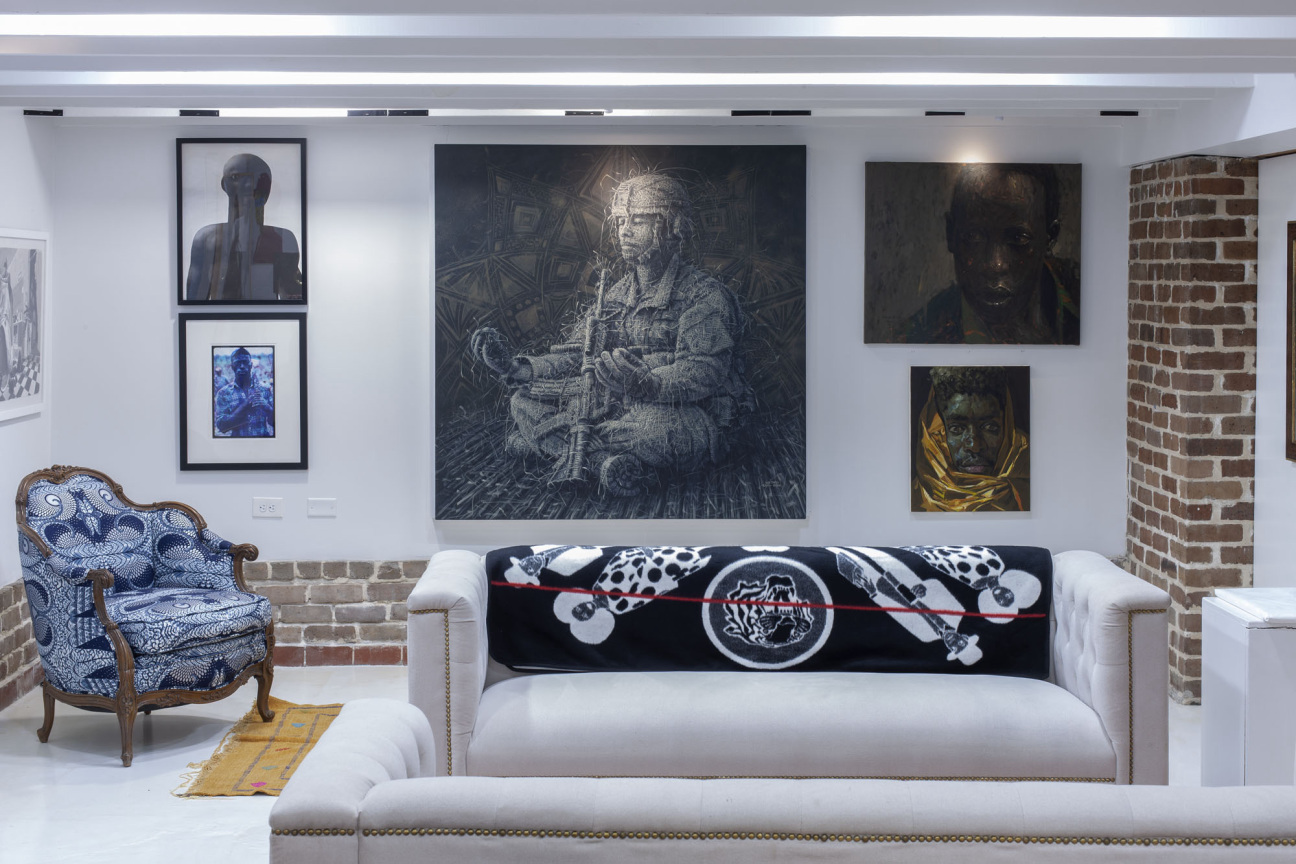
Where does the story of your personal collection begin?
My father had a collection of Kenyan, ebony sculptures, and they were all animals, except for one, a man with a very high plume headdress. It looked like a pope. But on the flip side, it was hollow and my thumb used to fit in it. I used to keep it in my pocket as a good luck charm when I went on auditions. It inspired me to collect functional art—I wanted the things I collected to have a purpose. I had my lucky charm and a series of teapots, then I acquired a series of jugs, chairs, and materials. When I finally fell in love with a painting, somebody said, “Well, what's its function?” It makes me happy, therefore it has a function. Now, with my extensive collection, I get to be happy a lot.
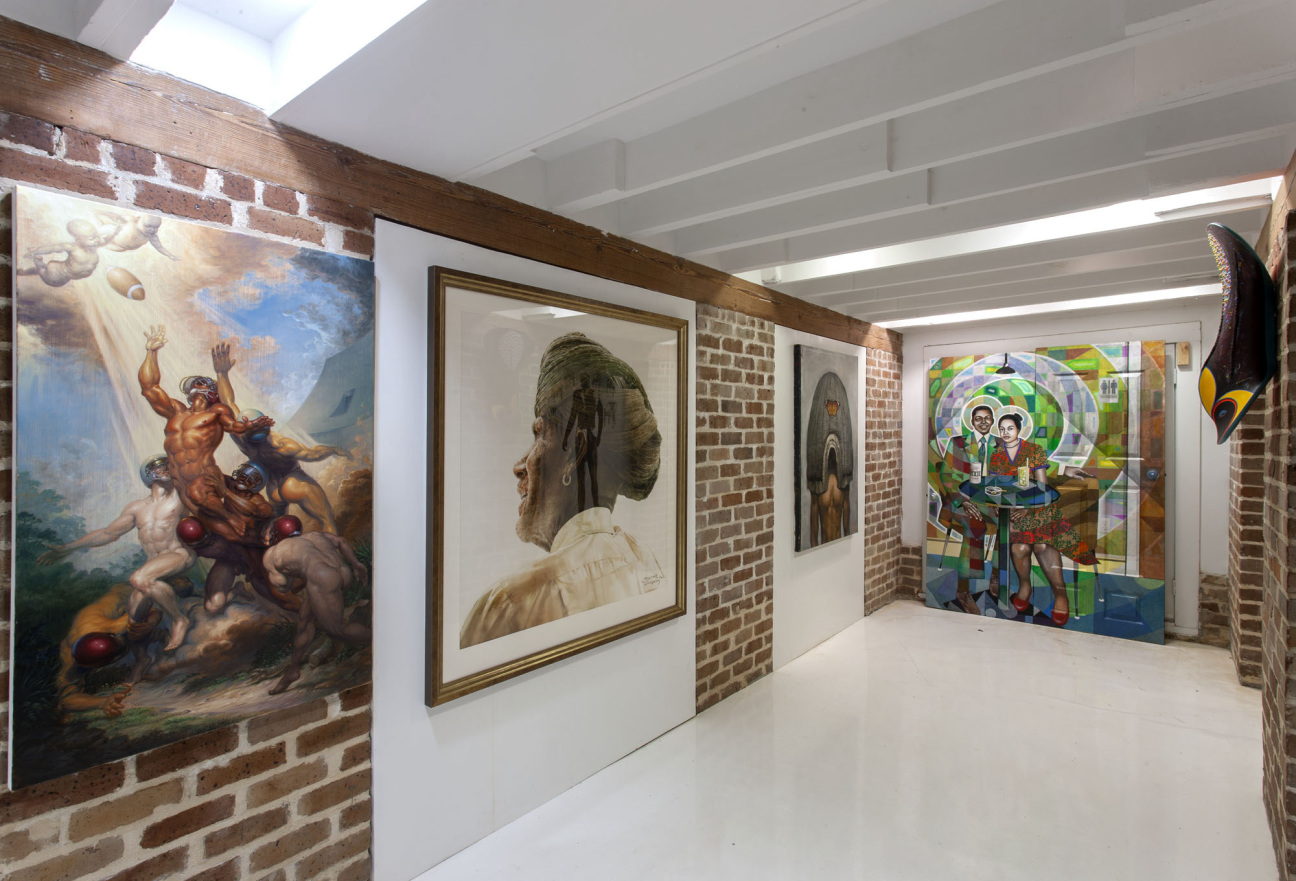
How has the local art scene influenced your collection?
That's how I began. In California, I opened up a small gallery in a place where there was only one other African American gallery on that street. I took the history of that and was joined by Terrell Tilford, and then Mesai Haileleul of Addis Fine Art Gallery. In the late ’90s through 2005 to 2010, we started this interplay and other people started to think, Well, let's open locally in our area. Through those galleries, certain artists began to become popular. You get to see their works moving from zero to 60. With local art scenes, you have the opportunity to become a big fish in a small pond before you venture off into the larger ecosystem. You can explore and build an idea of what you want to do, what you want to make, and what kind of discussions you want to have through your art.
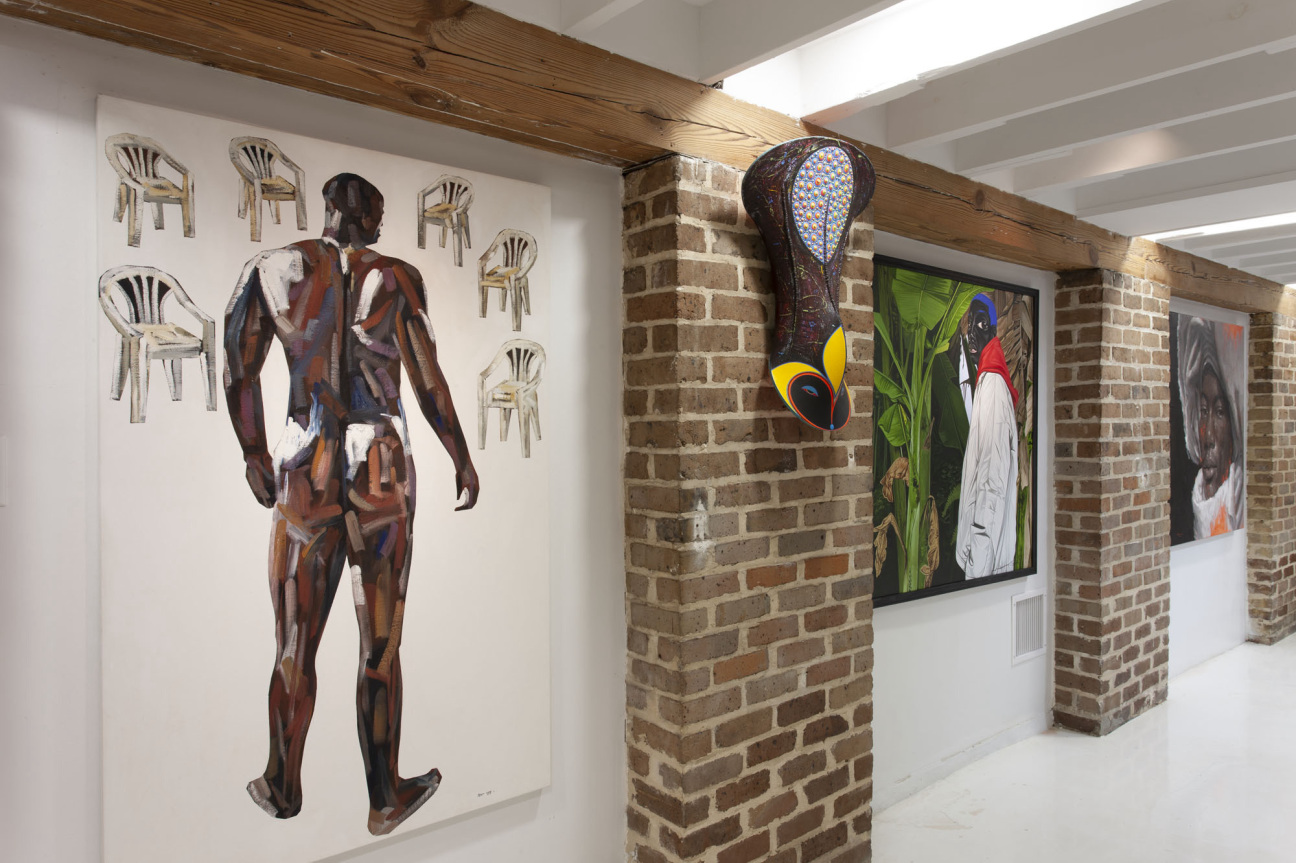
What was your biggest influence in fostering your passion for art?
I have many influences, but I’ll talk about two people. My late husband, at the time when we first got married, procured artwork for other museums and he always kept saying, "I want a museum of my own." We couldn’t afford traditional African art because of all of the testing and requirements that come with ancient pieces. But in the ’90s, we started a collection of contemporary African art. That's what grew. That's also what made me become a lot more particular about what was chosen because I was choosing it for the museum, but it trained me at the same time.
I’ll also talk about Stella Curran because I think everybody has somebody who changes the trajectory of where they're going in life. Stella Curran was my elocution teacher and she became an important person to me. I had huge struggles about whether I could be an artist or an actor. She said to me, “As long as you have your hands and your eyes, you can always be an artist. But acting's for young people.”
So I said, “Okay, I will do acting for the first half of my life and then I'll be a painter for the second half of my life.” Well, life plays with you, but what did happen was I became an art appreciator. While I do paint occasionally and enhance things, I surrender the artistry to art appreciation and to a great many artists that I've met over time. And it's been an absolute honor and a pleasure for me to hang out with them.
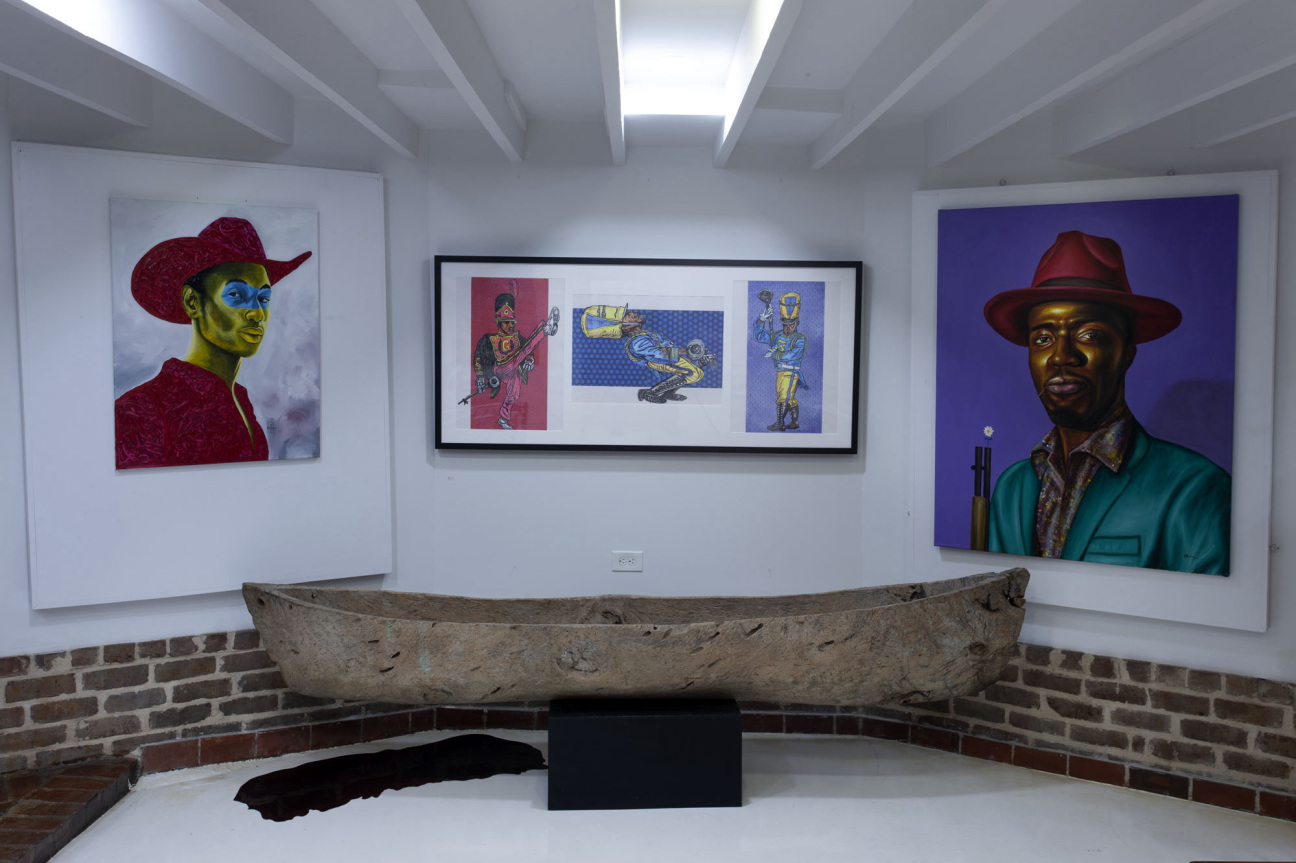
Do you have any favorites in your collection?
That’s a tough question. My collection reflects a time when I wanted artwork from emerging artists who had already made their mark. So Kehinde Wiley's piece of the Afro hair growing out [from the “Conspicuous Fraud” series] is a favorite. I also think William Villalongo’s piece, Odalisque was a Slave [2017], is extraordinary, just in terms of its execution. It is an intellectual tie-in with [Jean-Auguste-Dominique] Ingres's original Grande Odalisque. The idea that he is repatriating within this piece, properties ascribed to a Black man, is an interesting reflection as we are still struggling with the repatriation of many things today in today's world.










 in your life?
in your life?

